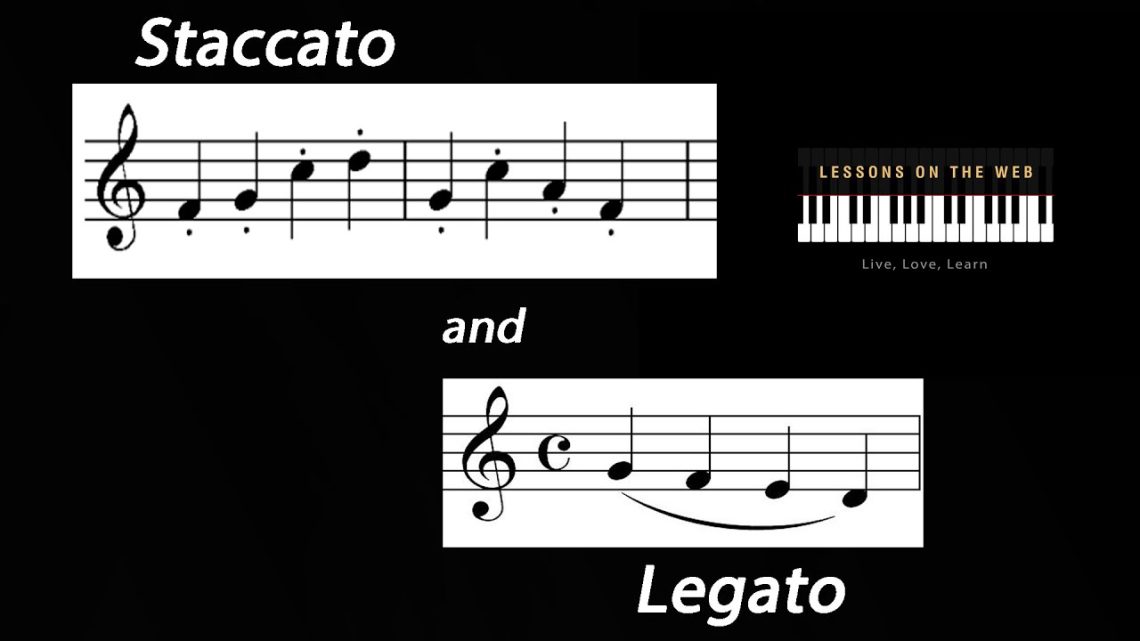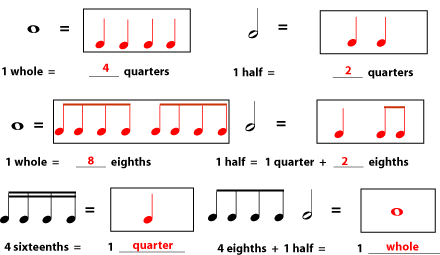
Stroke types. How to play staccato, legato and non legato
In the previous lessons, you have already learned how to sit correctly at the piano and got acquainted with its structure . Now the most pleasant part remains – this is contact with the keyboard.
At first glance, there is nothing difficult in putting your hand on the piano. But in fact, even at this stage, errors may occur that are best eliminated immediately. To avoid bending the fingers, place the pen in the center of the palm, thus forming the dome of the hand. This is the most correct and natural hand position to play the piano. It is our nature to use fingers either straight or completely bent, but when playing the piano it is important that each finger is a bridge of three phalanges. It is also necessary that the fingers rest well on the keys so that you cannot immediately remove your hands from the keyboard.
A very common mistake when placing the thumb is to try to play it with the help of the phalanx. The first finger should be placed directly on the pad and produce sound with a small part of it.
Now let’s talk about strokes. The most popular strokes on the piano are:
legato (legato) – connected
When playing this stroke, it is important to control that one note flows into another smoothly, without holes. The most important legato technique is underlining, which allows us to play legato, for example, scales, where there are more notes than fingers.
non legato (non legato) – not connected
As a rule, at the beginning of training, students play non legato. This stroke is more emphasized and less coherent, so at first it comes a little easier than legato. The keys are pressed and released in such a way that there are very small pauses between notes. Note that the keys on are too jerky.
staccato (staccato) – abruptly
This stroke means that you must play each note clearly, abruptly and sharply. The finger strikes a note and immediately releases it. At this reception it is useful to play various etudes, scales and strokes.




